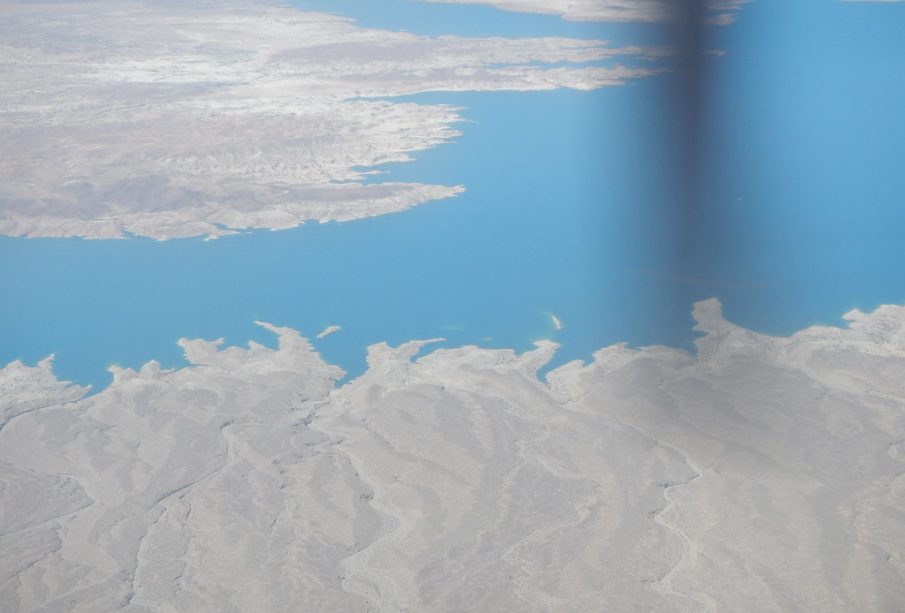The Grand Canyon: A Natural Wonder Worth Exploring

Introduction
The Grand Canyon, one of the most iconic natural wonders in the world, draws millions of visitors each year with its breathtaking vistas and diverse ecosystem. Spanning over 277 miles in length and more than a mile deep, this UNESCO World Heritage site not only showcases the stunning beauty of the American Southwest but also offers insight into geological history that spans nearly two billion years. Its significance extends beyond mere aesthetics, encompassing ecological, cultural, and recreational importance that resonates with locals and tourists alike.
Current Events and Attractions
Recent statistics from the National Park Service indicate that in 2022, the Grand Canyon welcomed over 4.5 million visitors, a record number that emphasizes its ongoing appeal. The park’s most recent initiatives include enhanced visitor facilities and sustainable tourism practices, aimed at preserving the delicate environment while accommodating the increasing foot traffic. In early 2023, a new digital app was launched, offering self-guided tours and educational information about the canyon’s geological formations, wildlife, and Native American history.
The Grand Canyon continues to attract a range of adventure enthusiasts. From hiking trails, like the challenging Bright Angel Trail, to the breathtaking views at the South Rim, visitors can experience the canyon’s grandeur in various ways. Furthermore, the introduction of new guided tours, including river rafting trips along the Colorado River and helicopter sightseeing excursions, provide diverse perspectives on this natural masterpiece.
Environmental and Cultural Significance
Beyond its tourist appeal, the Grand Canyon holds immense environmental significance. It is home to a variety of ecosystems, ranging from desert scrublands to lush riparian zones along the Colorado River. This diversity supports countless species of flora and fauna, some of which are endemic to the area, making conservation efforts critical amidst climate change pressures.
Culturally, the Grand Canyon is deeply significant to several Native American tribes, including the Havasupai, Hopi, and Navajo. Their historical connection to the land enriches the visitor experience, encouraging an understanding of Indigenous perspectives on nature, sustainability, and reverence for the land. Recent collaborations between the National Park Service and tribal nations are aimed at integrating Indigenous knowledge into park management strategies.
Conclusion
As we look to the future, the Grand Canyon remains a crucial site for exploration, education, and conservation. With plans in place to further develop sustainable tourism and deepen cultural collaborations, the Grand Canyon is poised to maintain its status as a primary destination for both adventure-seekers and those looking to appreciate one of nature’s greatest works. For readers, visiting the Grand Canyon is not just about witnessing its beauty; it’s an opportunity to connect with nature, understand geological and cultural histories, and appreciate the efforts being made to protect this extraordinary landscape for generations to come.





